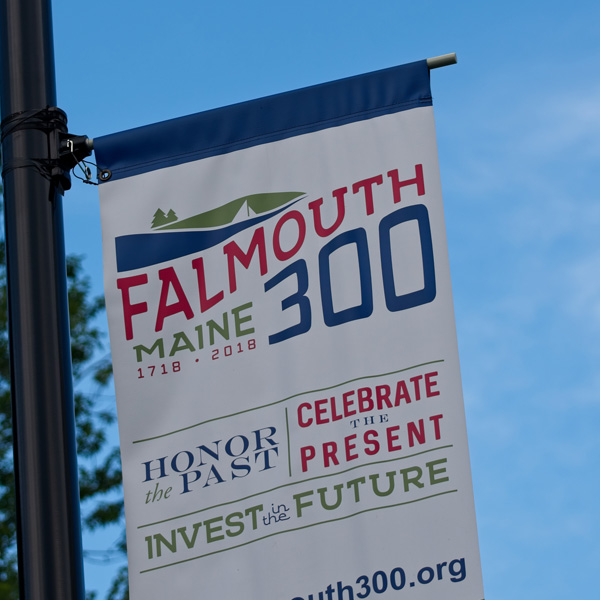
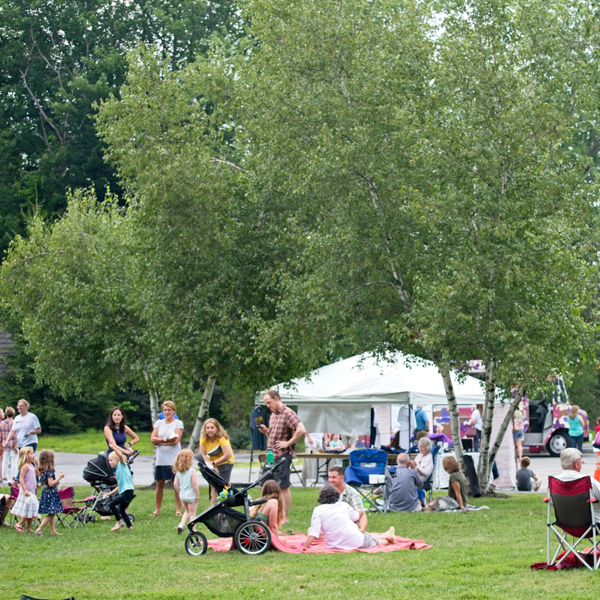
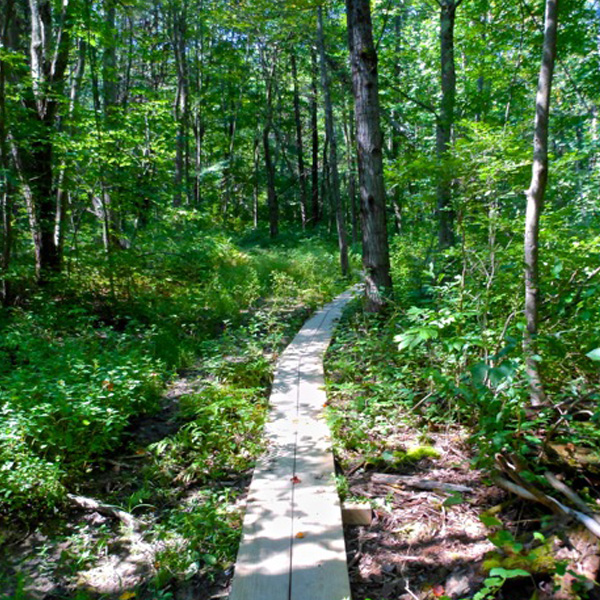
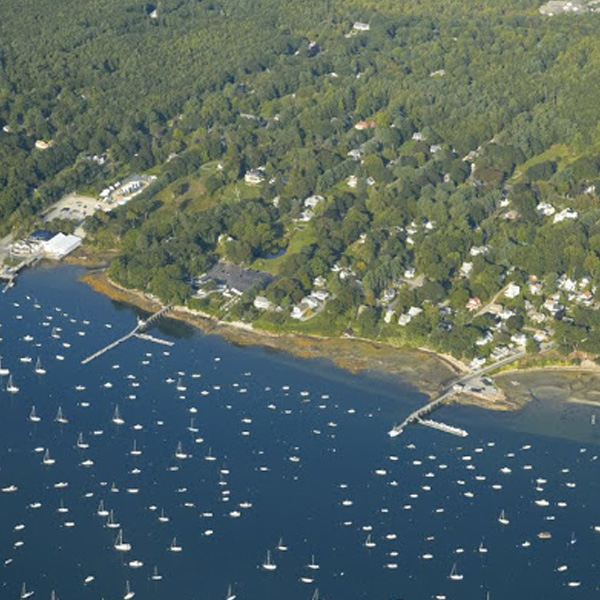
It is clear from the Community Survey, that Falmouth residents value their shared community areas, green, and open spaces. There is an opportunity to plan for and to create more of this infrastructure in Town.
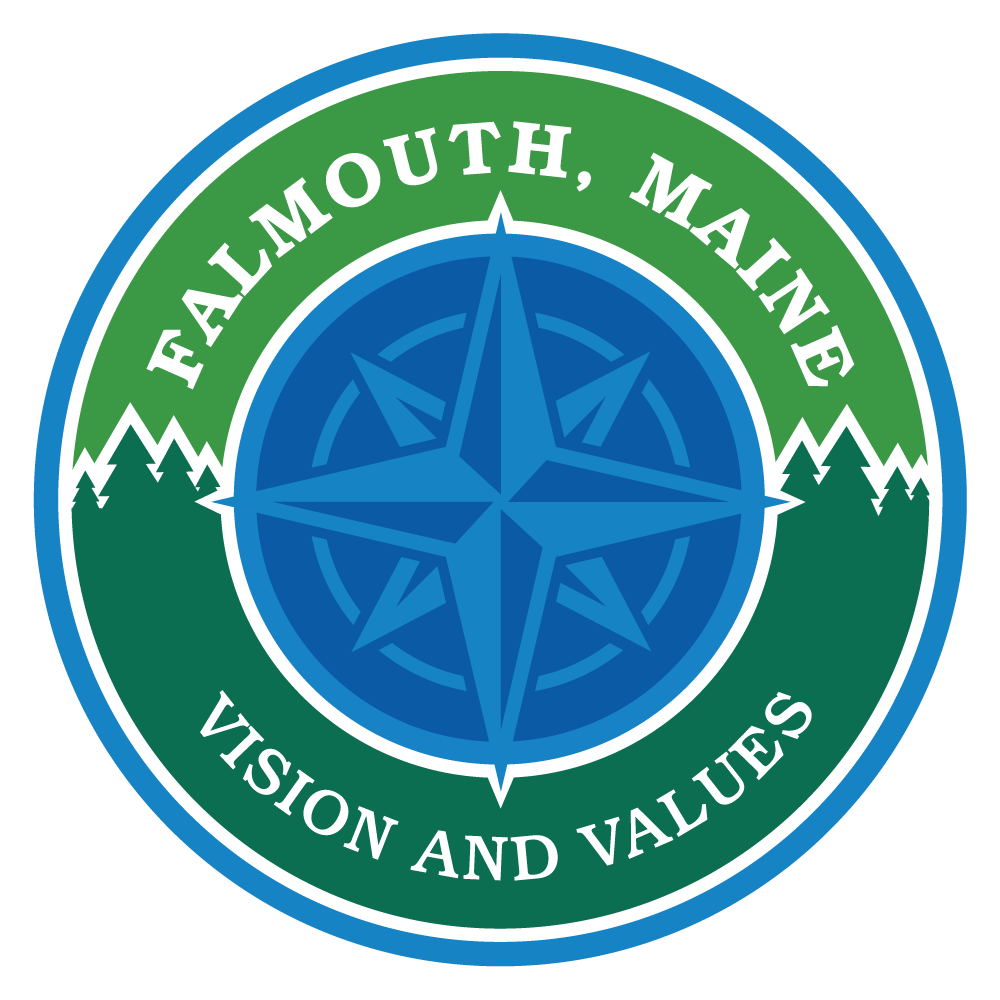
For more information about the Town of Falmouth Vision and Values project, please contact:
David Beurle, CEO
Future iQ
Phone: (612) 757-9190
david@future-iq.com
12 Comments
About 1 percent of Falmouth s dedicated open space (around 1800 acres of 18816 total). Would it be nice to have that number be 2 percent? or 10 percent? or more? Absolutely; however, I can see that is possibly an unrealistic expectation. I think working on connectivity and development of shared multiuse trails to be a more likely/better use of the town’s time.
Well maintained and up-to-date facilities in outdoor areas (trails, ball field launches, ramps, restrooms, water fountains, and the like) are important to attract both repeat and first-time users.
Additionally, with the real estate market continuing to be robust, tracts of open space are getting to be less commonly available either for purchase or donation.
Another helpful data point: According to Falmouth’s Open Space Plan (https://www.falmouthme.org/sites/g/files/vyhlif556/f/uploads/open_space_plan_20181022_adopted_complete.pdf), as of 2017, the Town, the Land Trust, and other organizations (i.e., Audubon, State of Maine) owned or held conservation easements on a combined 3,480 acres of open space. Though not all Town-owned, this is 18.6 percent of the total land area of Falmouth.
As I mentioned in my earlier post (and, yes, I am surprised it is the only post in this thread after almost two weeks), I am a fan of open spaces. The type of space does not matter a great deal to me; I see the value in a ball field, cricket pitch, two or three acres neighborhood park, and several hundred acres of preserved woodland.
Falmouth does have a place called “community park;” however, they don’t really have a community gathering space (at least not in my perception). Traditionally towns in New England had a commons ( a shared community space, if you will). The commons would be centrally located with easy access for residents and served a wide range of needs.
On the 4th of July, we gather along Route 1 in business parking lots; as a gathering place it is fone; however, it really isn’t a commons. I think community park may be considered a commons if we chose to use it that way.
Our yearly celebration of independence could take place there, so could our winter celebrations. Our farmers market could also be there and possibly expanded beyond its current size. The playing fields can, of course, be used for their accustomed variety of sporting events; could we perhaps add a day or two for classic cars? Antique farm equipment?
A well-used, well-known, well advocated for community gathering place can only help build a sense of community…
We should all be aware of how the AFFH (Affirmatively Fostering Fair Housing) Rule affects the policies that Democrat politicians (all of our Town Councilors) seek to implement. This rule will lead to the elimination of single family homes with yards in favor of multi-family “homes” (rentals) with shared “open spaces”. Biden has made it clear that normal cars (gas powered) will be replaced 50% by 2030. Why? Because you won’t need to travel far from your new multi-family “dwelling” (don’t call it a “home”) except to get to work. Your new electric car will be useless for long interstate travel trips.
Creation of greater open public spaces is a trade off to having your own yard and garden.
I am suspicious of any policy originating in DNC sources.
Just to be fair; the Trump-era Department of Housing and Urban Development struck down the AFFH and replaced it with the Preserving Neighborhood and Community Rule (PNCR). Since Falmouth is doing its due diligence and going out of the way to see what the residents of Falmouth would like to see in their policy decisions, I expect that whatever decisions are made by the council will likely pass muster under either AFFH or PNCR.
Our open spaces are extremely valuable to our community in many ways. Any acquisitions of new open spaces should be a primary goal; however, this should not be by a “taking of land” (ordinance changes that diminish landowner development rights and therefore reduces the value of their land. New open space acquisitions must be balanced and sustainable. Trying to create new “affordable” housing here in Falmouth will be difficult and we all want to retain our mixed rural/urban with open space character. Our community has realized great benefits from the open spaces we have acquired. We should continue to preserve these open spaces and continue to acquire more in balance with responsible growth. Large single family lots with large overbuilt houses should be limited and perhaps even be discouraged. Instead clustered developments and adding unique multi-unit development within already populated areas such as Route One and Route 100. Also, consider changing some zoning laws that would then allow further subdivision of existing already developed larger lots within some select denser developed zones. Advances in septic system treatment equipment can be relied upon to achieve further densification within already densely developed zones that otherwise have adequate water and power. In my opinion there are many opportunities to achieve these goals, provided we are willing to think outside the box.
—
My family and I take full advantage of the open spaces in Falmouth, and one thing I’ve noticed (highlighted elsewhere, and of concern to others) is that the connections between trails could be improved. In West Falmouth, where we live, the beautiful trail behind Hannaford extends to Falmouth Rd., and then you can pick up a second trail that leads you right to the Falmouth schools. This would be terrific for my kids, who would love to bike or walk to school, except for that pesky stretch of Falmouth Rd. which is fast, includes a blind curve and has almost no shoulder. This is one example, but hardly the only one–what would it be like, I wonder, if you could safely get from West Falmouth to the Foreside on bike or foot? All of this is just a long way of saying I think interconnecting the public space that exists is a worthy and achievable goal that I support wholeheartedly.
The message is clear! Keep or expand the open spaces available to the community. That is what is important to the vast majority of Town residents.
MODERATOR COMMENT: It is great to see these conversational threads evolve.
These Discussions Boards are being moderated to match the stated guidelines: “Comments made via this portal are public. We expect conversations to follow the rules of polite discourse. Messages containing inappropriate content or language will be removed at the discretion of Future iQ”. To date, we have had to exclude a number of comments that are critical about people or groups, or are obviously off-purpose (unrelated political commentary; for example). PLEASE remember, these are open community conversations, to which a wide range of people are contributing – including school students. These Discussion Boards are an opportunity for thoughtful, polite and convivial community discussion focused on exploring specific important issues. Please consider ‘tone and content’ before submitting, as we will draw a clear line – and exclude – inappropriate messages. Thank you.
Thank you to all the residents who participated in last night’s focus group. It was a great discussion!
I took part in the shared open spaces discussion groups, these are my raw notes/thoughts prior to the discussion.
1. What are the key things we are learning about this topic – from the surveys, background information, future trends, and Discussion Board comments?
Open Space areas are very important to Falmouth residents
Falmouth’s first open space was almost 100 years ago
Residents like to recreate out of doors.
2. What are one or two important potential future-splitting decisions or issues facing Falmouth, related to this topic; and, and what are the implications and trade-offs of these different future directions?
If the real issue of working at home and caring for children stays with us; having shared community spaces will be more and more important.
Open space area and shared community space will be more and more valuable as population increases and demands for housing rise; a decision needs to made to pay that price, it may become very expensive to create/get/have open space areas.
3. With regards to this focus group topic, where is the future ‘sweet spot’ for Falmouth?
Creating a town common (repurpose a section of community park?)
As a tie in to the environ focus group and climate change issues having a greener Falmouth (literally in this case) will be more and more important; plants are good for the environment everything from native wildflowers to trees
Facility improvements ( i.e. bottle fillers and restrooms)
Fifty years ago there was plenty of open space for everybody to enjoy without any group effort to purchase and create open space. Open Space is a wonderful thing and needs to be protected. The town now enjoys 1800 acres of exclusive, shared community areas, green and open spaces. Todays trend is to continue adding to this landmass. That also is a wonderful thing for those of us who can afford to live in Falmouth.
What about HOUSING AFFORDABILITY? These huge tracts of land are gobbled up, making Falmouth even more exclusive and destroying the possibility for any private housing (affordable or otherwise) on that land FOREVER. Is that what the goal is?
Small private homes, small duplexes, and small apartments should be a required part of the overall plan. I look at removing this land and the possibility of affordable housing in Falmouth as an unfair and a negative move for the town. Affordable housing to me is far below the $400,000 dwelling that is statistically defined!
Land trusts could help change this equation.
Town government is capable of many head-scratching restrictions that are very confusing to us all. If land trusts choose to keep repeating the past, why can’t another creative restriction be levied on them for the privilege of removing large tracts of land from shrinking affordable housing possibilities? Coordination between the land trusts and affordable housing groups might show that diversity really does matter in Falmouth.